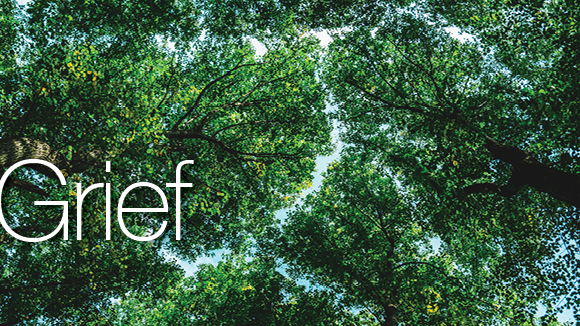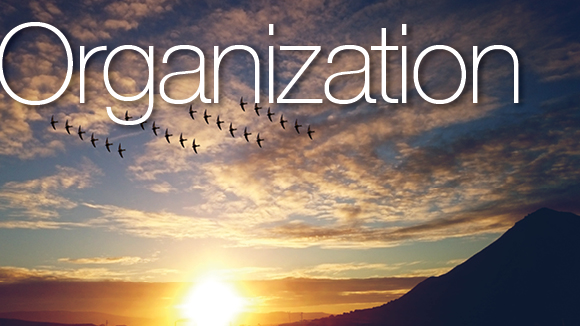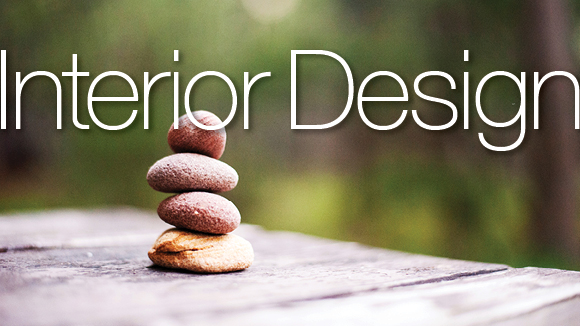
TRAVELING THE ROAD FROM LOSS AND GRIEF TO A NEW BEGINNING
Everyone experiences loss and deals with grief in their own way but it’s important that through it all, we keep focused on a fresh start in a new light. The road to a new beginning after losing someone so important is not an easy one and is something I have experienced personally in my life.
In 2009 my environment changed from comfort and confidence to one of loss and insecurities. In the beginning, as I began to process my grief, I experienced moments of defeat and began to realize that the loss was permanent.
I looked to different methods to move forward by making small changes and a few large ones to add distraction to each day, however the emotional pain could not be disguised. Although each passing day was difficult in those early years of loss, each passing year did bring a new hope. As I reflected on my journey I began to see that I wasn’t moving forward. I was stuck in a place waiting for something to change, unable to move forward.
Trying new things felt like a step in the right direction. I became a yoga instructor, took a deep look at my relationships, and changed my career path. But I was still waiting.
It wasn’t until I read the book “Second Firsts” by Christina Rasmussen, that I began to strengthen my resolve and firmly commit to becoming a different person. She states in her book “You decide to put one foot in front of the other, make one choice at a time, and slowly… re-enter the world. Re-emerge into your own life. Not as the same person you were before. As a different person. Stronger. More compassionate. More resilient that you ever dreamed possible.”
Until now, I was not ready. I had struggled to find answers during my journey after loss but today things were different. This was a concept I could grasp and it was also the right time emotionally for me to really move forward and begin anew. It has been an 11 year journey thus far and I have emerged and truly know who I am. My experience with loss and the transition to living again brought me to where I am today, New Beginnings, Helping People Move Forward.
Each person has their own journey to new life and it may be a long one. Grief is an essential part of the process and while extremely difficult, you can get through it. Take it one moment at a time and look for support from friends, family, and formal groups. Make changes that move you toward your new, true self.
Please reach out to me if you need help moving forward.



